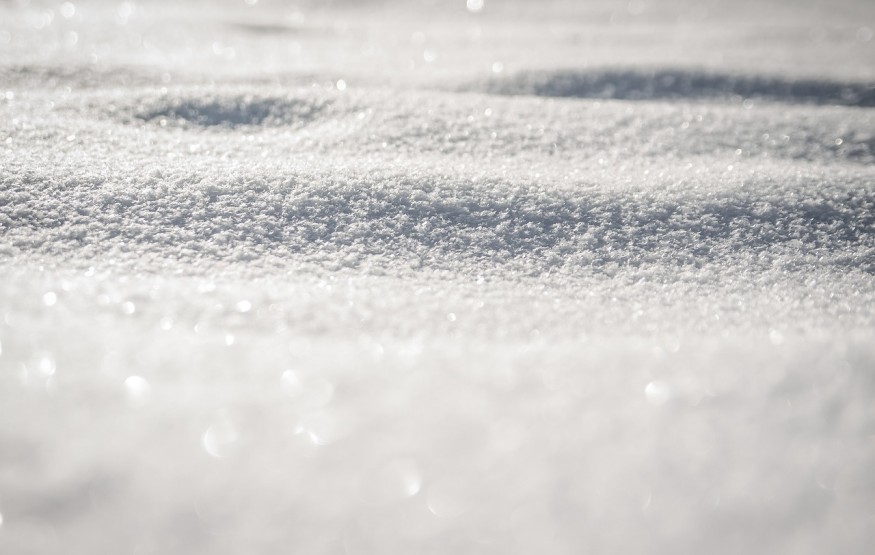
Human activity fingerprints have reached far stretches of the globe. Now, scientists have discovered 13 traces of ingredients that are typically found in sunscreens and personal care items in five Arctic glaciers' snowpack within the Svalbard archipelago.
Traces of Sunscreen Contaminants Found in Arctic Snow
Polar scientists Marianna D'Amico from Ca' Foscari University of VEnice explain that for some of the chemicals, this is their first reported presence within Svalbard snow. The findings were documented in the "Chemicals of Emerging Arctic Concern in north-western Spitsbergen snow: Distribution and sources" study.
On the radar of researchers is a watchlist known as the CEACs, which stands for Chemicals of Emerging Arctic Concern, which covers different compounds distinguished by a team of environmental scientists that document the effects and extent of pollution within the Arctic. They do so in order to inform policy decisions, called the Arctic Monitoring and Assessment Programme.
Chemical production and use have increased, while knowledge regarding their behavior and distribution across polar settings has fallen short.
There are certain CEACs that have been discovered in the Arctic and Antarctica in the past. These were spotted in seawater, surface water, wastewater streams near research stations, and in snow as well.
However, there is still minimal knowledge regarding the primary contamination source within remote regions and the main process of transport. Several CEACs are also not subject to global regulation.
To know more about chemical distribution, the scientists examined 13 common personal care product ingredients. Back in the spring of 2021, they gathered 25 samples of snow from an active research site situated at the south of Ny-Ålesund village as well as five glaciers that are up to 40 kilometers away. Some of these samples were taken at the same location but at varying depths. This was done to examine concentration changes as the seasons changed.
They found that all except one glacier sample had higher UV filter concentrations in snow that was deposited in winter. This was compared to other seasons' snowpacks. The researchers also found that octocrylene and BP3 were more abundant at glacier tops.
As polar scientists frequently visit glaciers, the research station nearby could be another local pollution source. However, based on the patterns, the researchers think that the chemicals were brought by the winds.
ALSO READ : Water Fleas Offer a Sustainable Solution to Clean Chemical Pollution, Revolutionizing Wastewater
Chemical Monitoring
While these findings could be worrying, it is these kinds of studies that serve as the first steps towards a precise understanding of where these contaminants are and where they come from. After which, it is possible to work around knowing how to manage the problem in the best way and to stop the pollution at the origin level.
Nevertheless, on top of looking into the source of the pollutants, further research is necessary to know if the Arctic snow contaminants fall below or are nearing levels that could be environmentally toxic.
D'Amico and the team are specifically concerned about the melting of the snow, as an influx of contaminants, even those at low levels, could lead to a concentration spike within marine environments and downstream watercourses.
However, this remains unclear until further sampling is conducted. As the behavior of chemicals is different in icy and cold settings compared to warm areas, contextualized polar studies are necessary to gauge their impact as well.
RELATED ARTICLE : Otters in England Contaminated With Toxic 'Forever Chemicals' of Pollutants in the River
Check out more news and information on Environment & Climate in Science Times.











